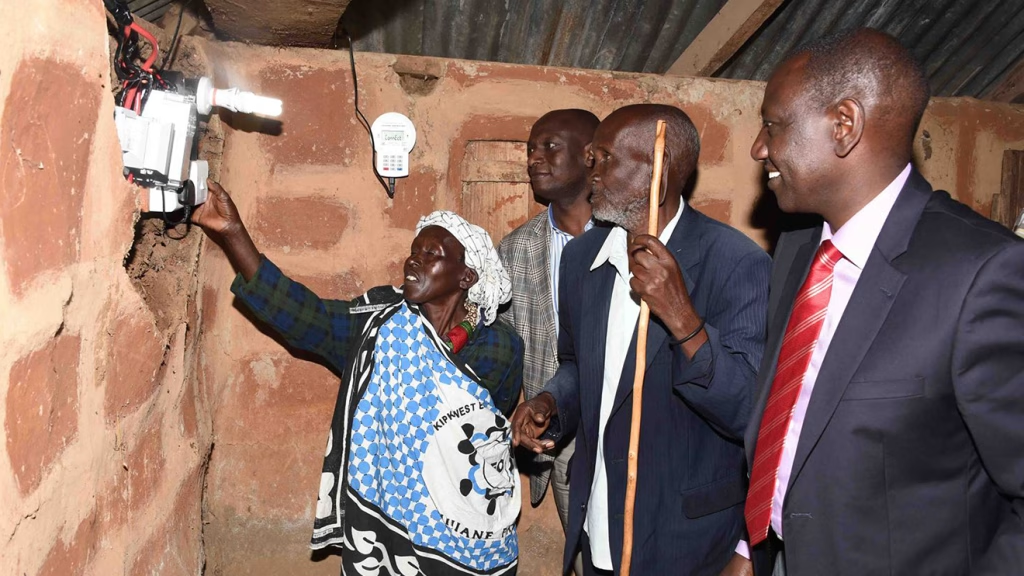The Kenyan government, through Kenya Power and Lightning Company PLC and funding from the Government of Kenya and the African Development Bank (AfDB), launched the Last Mile Connectivity Project (LMCP) to expand electricity access across the country. The project aims to increase electricity penetration, especially in rural areas, through cost-effective and efficient connectivity solutions.

First Phase of LMCP
The first phase of the project was designed to benefit approximately 314,200 non-commercial customers (households), providing electricity access to an additional 1.5 million Kenyans. With a total budget of KShs.13.5 billion, this phase involved the extension of the low-voltage network to reach households within 600 meters of a transformer.
Kenya Power identified 5,320 transformers across all 47 counties for implementation, with actual connectivity beginning in September 2015. To participate in this phase, potential customers were required to contribute KShs.15,000 for connection.
Second and Third Phases of LMCP
Following the success of the first phase, the second and third phases focused on expanding the power grid further by installing new transformers and extending the low-voltage network to reach an additional 500,000 customers, adding another 2.5 million Kenyans to the electricity grid.
Selection and Distribution of Transformers
The distribution of transformers under the Last Mile Connectivity Project was based on the Government Constituency Development Fund (CDF) criteria for resource allocation. The Rural Electrification Authority (REA) also played a role by connecting potential customers near installed transformers supplying public utilities at the same cost of KShs.15,000.
The Impact of LMCP
The full implementation of LMCP was projected to help the government achieve its goal of connecting 70% of Kenyan households by 2017, with the ultimate objective of attaining universal access by 2020. By expanding electricity access, LMCP supports economic growth, enhances educational opportunities, improves healthcare service delivery, and boosts overall living standards in rural and peri-urban communities.

Challenges in Achieving Effective Last Mile Connectivity
Despite progress, several challenges hinder seamless last mile connectivity:
- High Infrastructure Costs: Expanding networks, whether digital, electrical, or transport, requires significant investment.
- Geographical Barriers: Remote areas pose difficulties in laying infrastructure due to rough terrain and dispersed populations.
- Affordability and Accessibility: High service costs and lack of awareness hinder full adoption of last mile solutions.
- Policy and Regulatory Hurdles: Bureaucratic processes can slow down infrastructure development and deployment.
Solutions and the Way Forward
To improve last mile connectivity in Kenya, stakeholders must focus on:
- Public-Private Partnerships (PPPs): Collaboration between the government and private sector to fund and implement projects.
- Adoption of Alternative Technologies: Satellite internet, renewable energy, and smart logistics solutions to reach underserved areas.
- Community Engagement and Digital Literacy: Educating communities on the benefits of connectivity and how to leverage available services.
- Regulatory Reforms: Streamlining policies to encourage investment and innovation in last mile connectivity solutions.
Enhancing last mile connectivity in Kenya is key to socio-economic growth, digital inclusion, and improved service delivery. By addressing infrastructure gaps, embracing technological advancements, and fostering collaboration, Kenya can achieve a more connected and inclusive society. The Last Mile Connectivity Project remains a vital initiative in ensuring electricity access for all, ultimately driving national development and improving quality of life for millions of Kenyans.